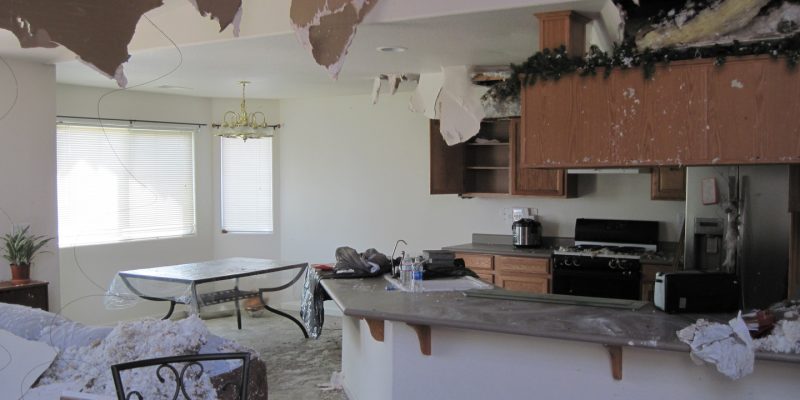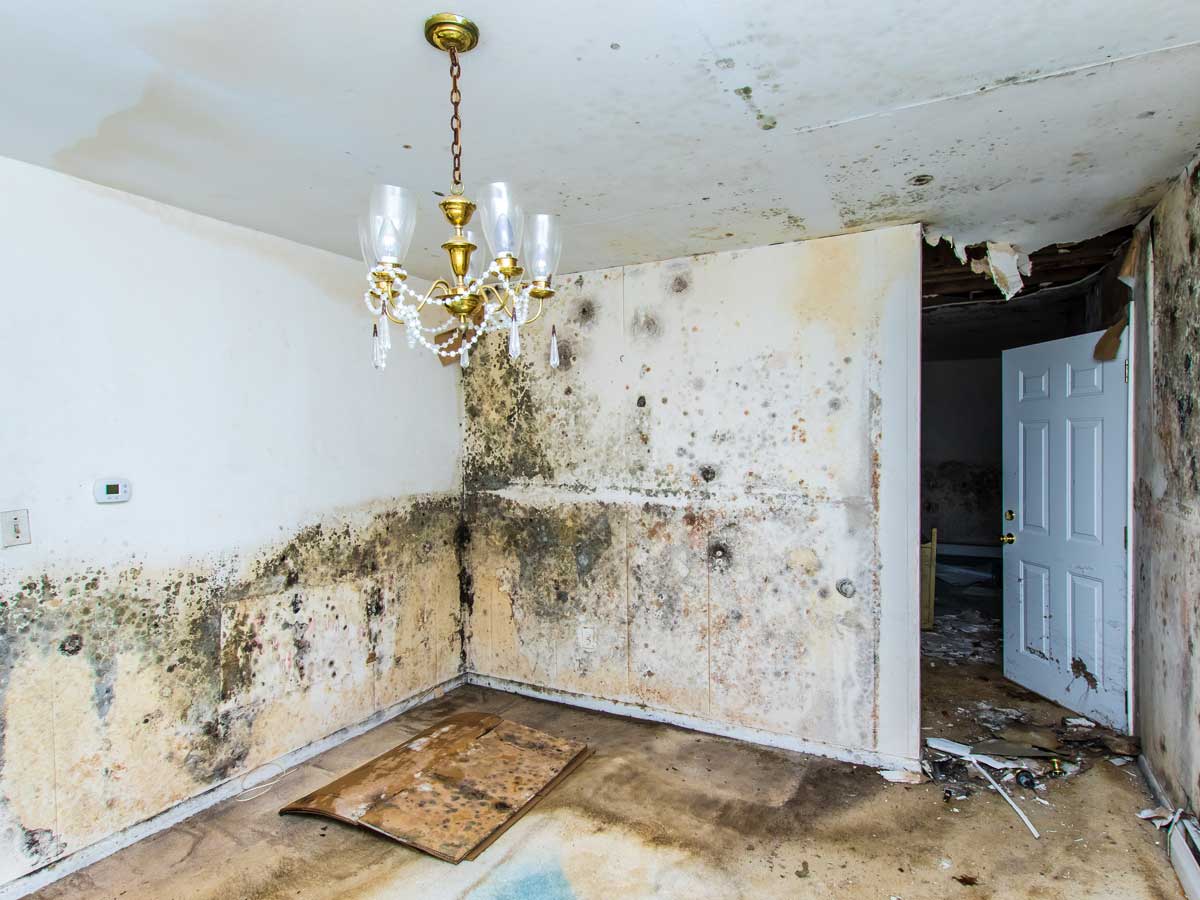Nearly everybody may have their own thinking about Ways to Reduce The Risk Of Fire And Water Damage.

Though water gives life, water breach on parts where it's not supposed to be can lead to damages. If the water saturates into your framework, it can peel away surfaces and deteriorate the structure. Mold and mold additionally flourish in a damp environment, which can be harmful for your wellness. Residences with water damage scent stuffy and old.
Water can come from many sources such as tropical storms, floods, ruptured pipelines, leaks, and also sewage system problems. In case you experience water damages, it would be great to recognize some safety and security precautions. Here are a few standards on exactly how to manage water damage.
Do Prioritize Residence Insurance Coverage Insurance Coverage
Water damages from flood as a result of hefty winds is seasonal. However, you can also experience an abrupt flooding when a malfunctioning pipe all of a sudden bursts into your home. It would be best to have home insurance policy that covers both disasters such as natural calamities, as well as emergency situations like busted plumbing.
Don't Fail To Remember to Switch Off Utilities
In case of a catastrophe, particularly if you live in a flood-prone location, it would be advisable to switch off the main electrical circuit. This cuts off power to your whole residence, protecting against electrical shocks when water comes in as it is a conductor. Furthermore, don't forget to switch off the major water line shutoff. When floodwaters are high, furniture will certainly walk around and trigger damage. Having the major shutoff turned off avoids further damage.
Do Stay Proactive as well as Heed Climate Notifies
Tornado floodings can be extremely uncertain. Stay proactive as well as ready if there is a background of flooding in your neighborhood. If you live near a lake, creek, or river , listen to evacuation cautions. Secure belongings from the ground floor and also cellar, then placed them on the highest feasible level. Doing so reduces possible property damages.
Do Not Ignore the Roofing System
Prior to the climate turns terrible, make sure you have a roof evaluation. It would be sensible to obtain this service every year as it can mitigate complicated concerns. If there are no openings and also leaks in your roofing system, you can stay clear of rain damage. Your contractor will also deal with damaged rain gutters or any other indicators of weakening. This will avoid water from streaming down your wall surfaces and also soaking your ceiling.
Do Take Note Of Little Leaks
A burst pipeline does not occur over night. Generally, there are warnings that show you have actually damaged pipes in your home. You may notice bubbling paint, peeling wallpaper, water streaks, water stains, or dripping audios behind the wall surfaces. Ultimately, this pipe will certainly burst. Preferably, you should not await points to rise. Have your plumbing fixed prior to it results in substantial damage.
Don't Panic in Case of a Ruptured Pipeline
When it comes to water damages, timing is key. Therefore, if a pipeline bursts in your house, immediately shut off your major water valve to reduce off the resource. Call a respectable water damages restoration expert for aid.
Water gives life, water invasion on components where it's not supposed to be can result in damage. Residences with water damages smell old as well as stuffy.
Water damages from flooding charges to heavy winds is seasonal. You may discover gurgling paint, peeling off wallpaper, water touches, water stains, or dripping noises behind the wall surfaces. When it comes to water damages, timing is vital.
Some Do's & Don't When Dealing with a Water Damage
DO:
Make sure the water source has been eliminated. Contact a plumber if needed. Turn off circuit breakers supplying electricity to wet areas and unplug any electronics that are on wet carpet or surfaces Remove small furniture items Remove as much excess water as possible by mopping or blotting; Use WHITE towels to blot wet carpeting Wipe water from wooden furniture after removing anything on it Remove and prop up wet upholstery cushions for even drying (check for any bleeding) Pin up curtains or furniture skirts if needed Place aluminum foil, saucers or wood blocks between furniture legs and wet carpet Turn on air conditioning for maximum drying in winter and open windows in the summer Open any drawers and cabinets affected for complete drying but do not force them open Remove any valuable art objects or paintings to a safe, dry place Open any suitcases or luggage that may have been affected to dry, preferably in sunlight Hang any fur or leather goods to dry at room temperature Punch small holes in sagging ceilings to relieve trapped water (don't forget to place pans beneath!); however, if the ceiling is sagging extremely low, stay out of the room and we'll take care of it DO NOT:
Leave wet fabrics in place; dry them as soon as possible Leave books, magazines or any other colored items on wet carpets or floor Use your household vacuum to remove water Use TV's or other electronics/appliances while standing on wet carpets or floors; especially not on wet concrete floors Turn on ceiling fixtures if the ceiling is wet Turn your heat up, unless instructed otherwise

We were shown that editorial on Fire And Water Damage Prevention through an associate on another web property. In case you liked our blog entry plz be sure to pass it around. We enjoy reading our article about 5 Home Safety Tips To Reduce The Risk Of Fire And Water Damage.